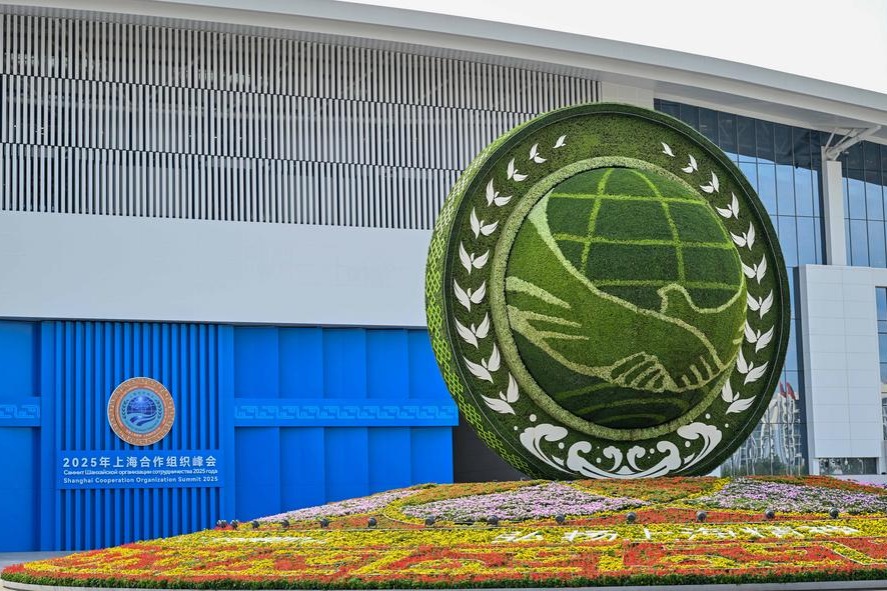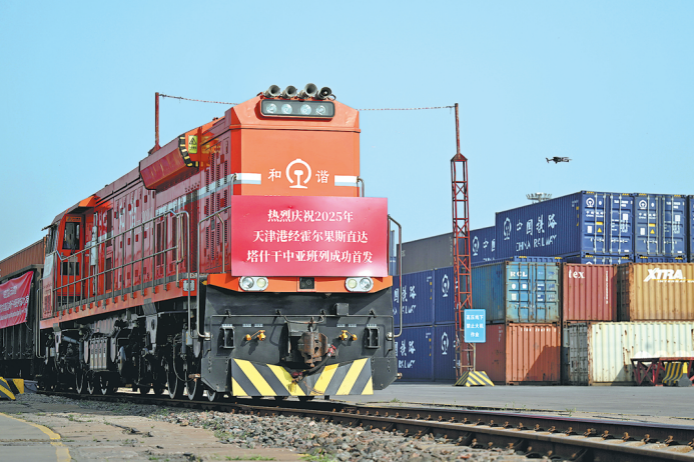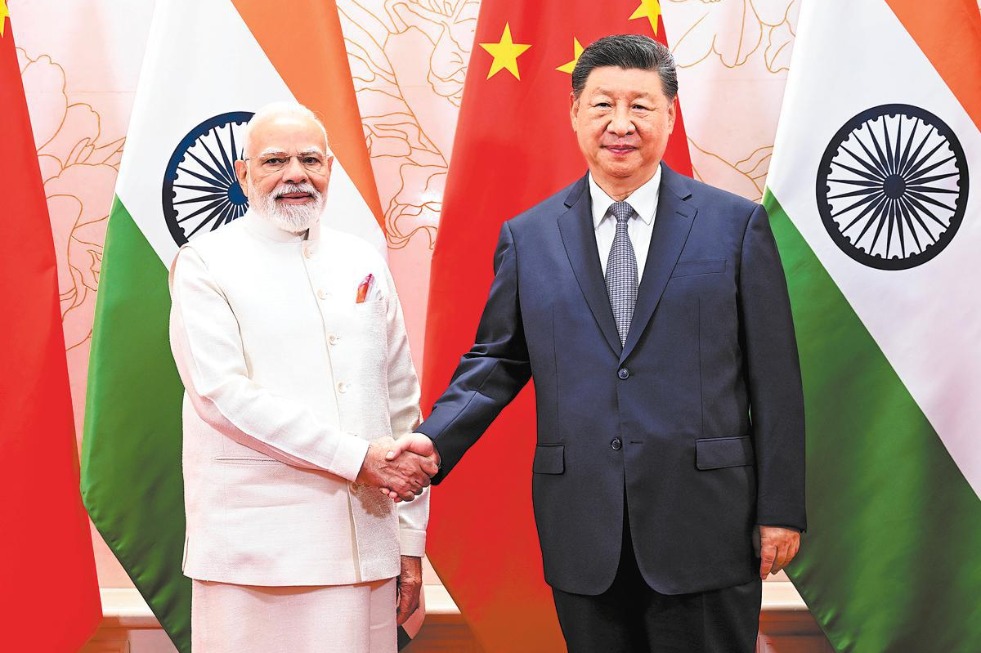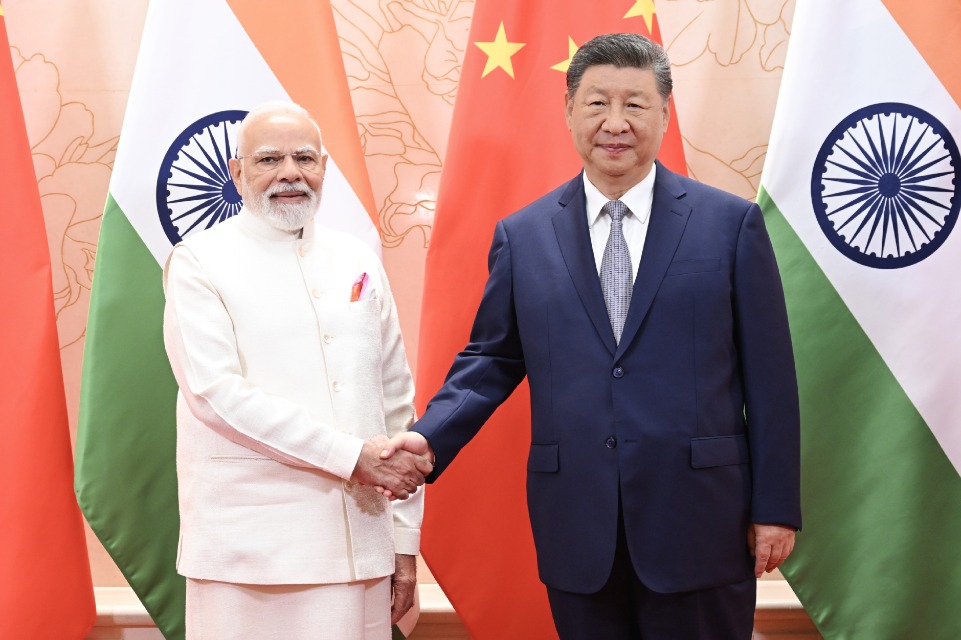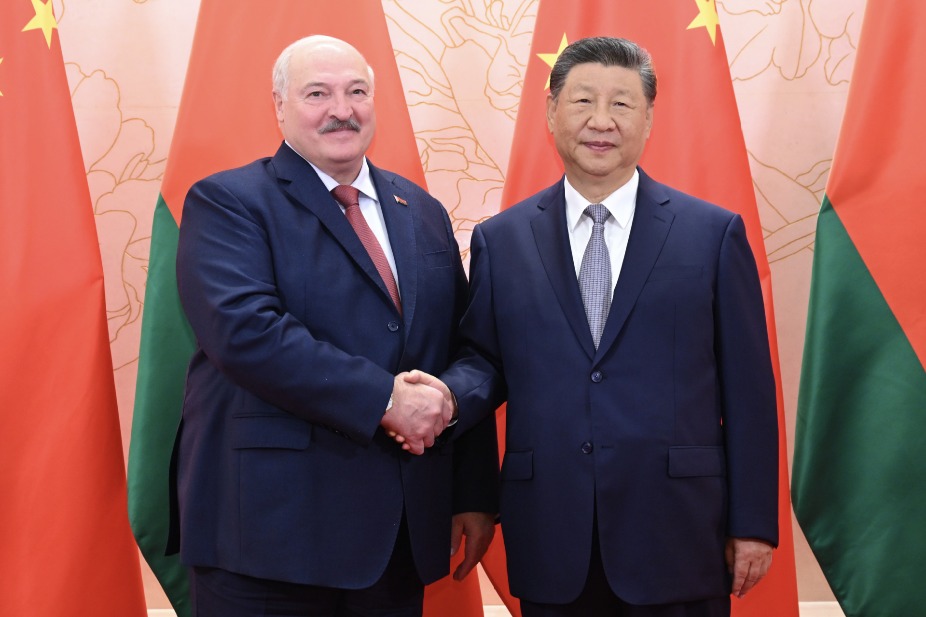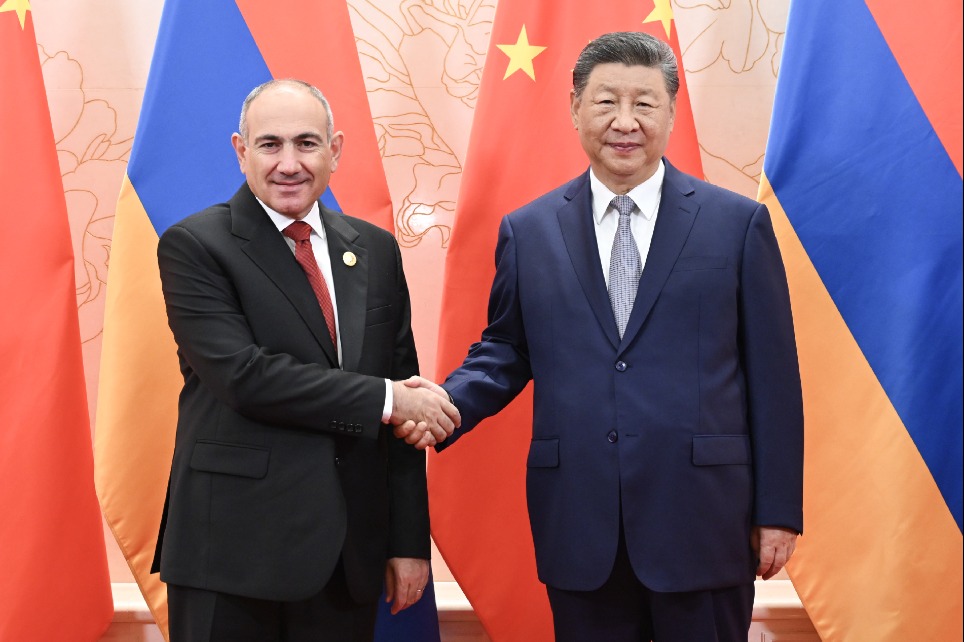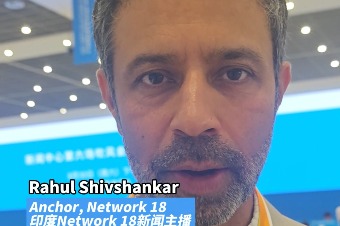Wall Street of the empire
The first draft bank of China offered the world a template for the modern bill of exchange. Its merchant culture memorabilia now draw a million visitors to Rishengchang museum every year, report Yang Feiyue in Beijing and Sun Ruisheng in Taiyuan.

A UNESCO World Heritage Site today, the ancient town of Pingyao in Shanxi province formed the economic backbone of China during the Qing Dynasty (1644-1911). The town was home to the country's first piaohao (money exchange house) that bankrolled the empire during a period when all bookkeeping was on paper, and the only way to crunch numbers involved the abacus.
In 19th-century imperial China, business-savvy merchants from Shanxi were making their presence felt in Japan and Korea in the east, Russia in the north and other nations in the south. They had to rely on security guards for transferring their financial wealth, measured in gold and silver, from one place to another. The method was hardly safe and led to the inception of the piaohao.
The bank of Rishengchang, which literally means "sunrise prosperity", was established in 1823 and it became the prototype of China's early financial system, offering remittance services and loans, and accepting deposits. It even boasted a high-capacity underground vault.
At its peak, the Rishengchang bank had more than 30 branches across the country, with business expanding overseas and reaching as far as Europe and the United States. More than a century later, in 1932, the exchange house halted its operations, but its preserved antiquity on public display today continues to fascinate all and sundry.
The erstwhile Rishengchang building was traditional in style, comprising halls and open courtyards. Jia Weixing, a local guide, sits at a desk in a corner of a courtyard, which has now evolved into a museum.
For a decade, it has been Jia's job to jot down the name, address, "silver exchange" and other details of visitors on a yellow tinted bill, which is then folded neatly into an envelope in an impression of how serious transactions were conducted some 200 years ago.
"The idea is to show people how banking was done in the past. I love the piaohao culture of Pingyao.… As we travel back in time, I love playing my part, writing a few 'bank drafts' to entertain visitors from across the country," Jia says.
Stories about the antique bank of Shanxi have enthralled residents, tourists, filmmakers and economists alike. The 2009 historical epic film, Empire of Silver, is a riveting drama on the wealthy banking clan of Pingyao. It won awards at the 29th Hawaii International Film Festival and the 12th Shanghai International Film Festival.
In his book Chinese Currency and Banking, published in 1915, Indian scholar Srinivas Ram Wagel wrote that the modern bill of exchange and discount methods were first proposed by the draft bank in Shanxi. People didn't need to carry around silver anymore, he wrote, as the bill of exchange from Pingyao could not be counterfeited.
According to Jia, there were at least five marks on the bill of exchange to guarantee authenticity, just like patterns on currency notes today. There were seals and handwriting proofs. The Chinese characters for Rishengchang were printed as watermarks on four corners of the bill for added authentication.
"The piaohao also encrypted its bills with codes made up of Chinese characters, which were changed on a regular basis to enhance security," Jia says.
The Rishengchang museum today preserves the only original bill of exchange from the past. It was these bills that allowed the exchange house to control more than half of the Chinese economy for a century.
The rise of modern banks since 1910 began to eat into the market share of the Rishengchang piaohao. "Their operation models were more advanced, and the big banks had foreign capital support, too," says Li Chao, a member of staff at the museum.
Also, the exchange house depended heavily on the Qing administration, which was overthrown after the Revolution of 1911, better known as the Xinhai Revolution, launched by Sun Yat-sen.
"Boom turned into bust and the piaohao was eventually replaced," says Li.
In 1956, whatever was left of the Rishengchang building became the office of Pingyao's supply and marketing cooperative. Major changes weren't made; money was only spent on fixing some doors, windows and walls.
"The front area was used for writing bills and invoices while office operations were conducted at the back," Li says.
The cooperative made way for the museum in 1995.The move was a part of the protection and development strategy for Pingyao, and the Rishengchang began welcoming guests who wanted to learn about its remarkable history.
During renovation of the site, the museum staff discovered to their horror that letters and business books, which bore ample testimony to how the ancient bank functioned, were used to cover the ceiling. "There were like four or five layers of paper stuck together. Each layer had to be meticulously separated," Li recalls.
The staff used water to gently salvage the documents, which were then dried, sorted by category and pasted onto 36 register books for public display.
Over two decades, the Rishengchang museum witnessed six large-scale restoration projects and a dozen for maintenance. The efforts finally paid off. Footfall increased in leaps and bounds, especially after it was named a "major national cultural relic" under protection by the State Council in 2006.
"Rishengchang's name has made its way across the country and abroad," says Yan Ruiping, deputy curator of the museum. It welcomes more than 1 million visitors every year, including heads of states, scholars and business leaders.
The museum has preserved original account books, letters, bills of exchange and seals, all of which mirror the spirit and wisdom of the Shanxi merchants, experts say.
"The seal was a key tool to ensure credibility of the bills," says Lei Yaxian, head of the Pingyao cultural relic bureau. The transactions between individuals and the piaohao were not legally protected at the beginning, so the value of paper money given to clients who deposited gold and silver relied purely on the credibility of the exchange house, Lei explains. The seal served as an anti-counterfeiting measure and laid the foundation for risk control, she adds.
During his visit to the Rishengchang museum in January, President Xi Jinping said the fine Chinese culture should be promoted to boost economic and social development, and to augment the quality of life of the people of China.
Lei says the local authorities are stepping up efforts to protect collectibles. An endeavor is also being made to trace descendants of people who ran or worked at the exchange house.
Exhibition content and guided tour schedules will be upgraded soon to promote the history of Shanxi merchants and the piaohao culture.
Come 2023, the Rishengchang will turn 200 and several events are being planned to commemorate the anniversary, says Lei.
"The museum guards the essence of the Shanxi merchant culture. We will continue to strive and enrich the lives of those who pay a visit," she adds.
Peng Ke'er contributed to the story.
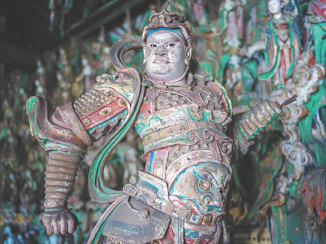

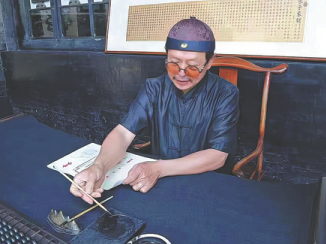

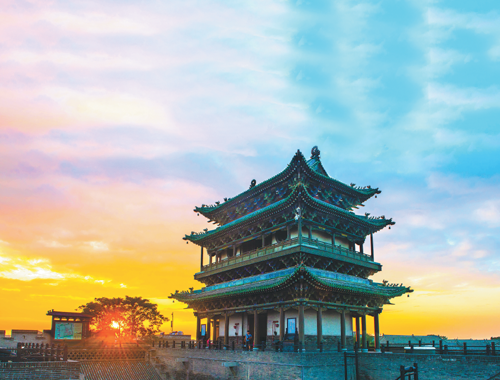
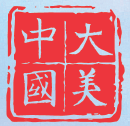
Today's Top News
- Xi addresses SCO summit meeting in China's Tianjin
- Xi chairs SCO summit meeting in China's Tianjin
- 'Shanghai Spirit' should be advanced with new vitality
- Xi, leaders engage in high-level talks
- Xi cements neighborly bonds with SCO friends
- Kyrgyzstan, China deepening strategic partnership in a new era
















